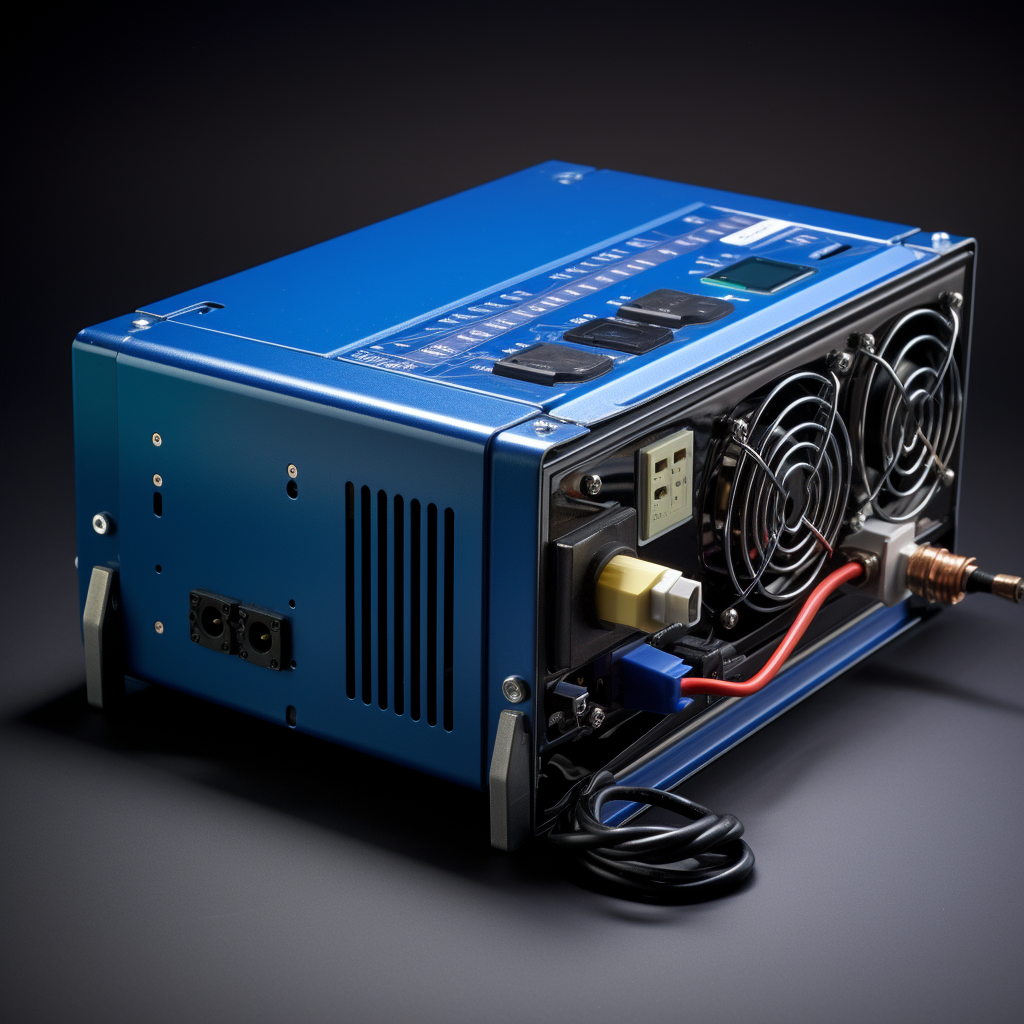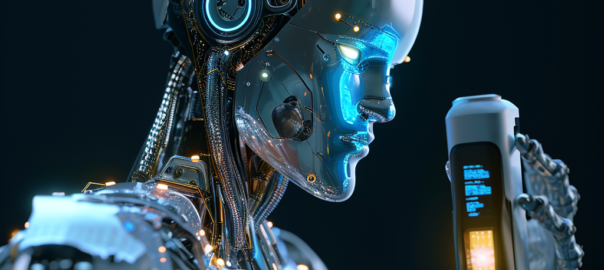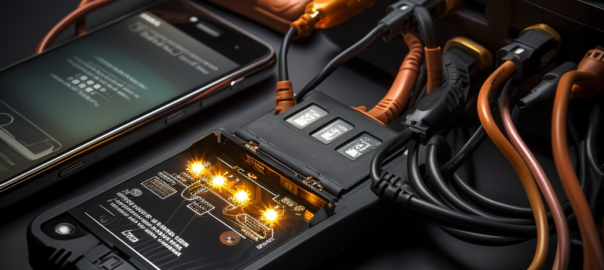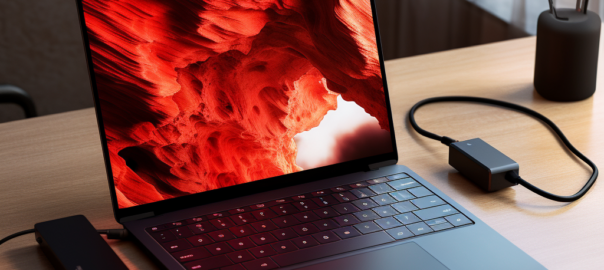Welcome to this comprehensive guide on selecting the correct power inverter. Power inverters are indispensable tools that convert direct current (DC) into alternating current (AC), the type of electricity used by most home appliances and gadgets. If you’ve ever faced a situation where you needed to power your laptop or charge your smartphone during a road trip, you’ll understand the critical role that power inverters can play. But it’s not just about plugging in; choosing the right power inverter for your needs is vital.
If you’ve ever found yourself in an aisle of a hardware store, utterly baffled by the array of options or specifications, you’re not alone. From household applications to larger industrial projects, the right inverter can make all the difference. But making the wrong choice? That can lead to inefficiency, frequent replacements, and unnecessary expenses. To mitigate these risks, it’s crucial to arm yourself with the right knowledge.
In this guide, we will delve deep into the subject, covering what power inverters are, their types, and the factors to consider when making your selection. We will also look at common applications, top brands, and installation and maintenance tips. Throughout, the focus will be on creating content that puts you, the reader, at the center of the conversation. Because making an informed choice is not just good advice—it’s imperative.
Contents
What is a Power Inverter?
A power inverter is a versatile device that converts direct current (DC) to alternating current (AC). For context, DC is the form of power you’d find in batteries—direct and unchanging. On the other hand, AC is the variable form of electricity commonly supplied by utilities, which you use to power your household appliances like refrigerators, TVs, and air conditioners.
The Importance of Converting DC to AC
You might wonder why this conversion is essential. The answer lies in the fact that while our gadgets and appliances rely on AC, many energy sources like solar panels and car batteries provide DC. Thus, a power inverter bridges the gap, making it possible to harness DC sources for our everyday AC needs.
How It Works
In layman’s terms, a power inverter takes the DC input and switches it back and forth, simulating the oscillating nature of AC power. This conversion allows you to power AC devices from DC sources safely and efficiently. In more technical terms, the power inverter uses electronic circuitry to change the DC’s polarity periodically, effectively simulating AC power.
Key Components
Understanding the fundamental components of a power inverter can provide valuable insights into its operation. Generally, a power inverter consists of:
- Input Circuit: Connects to the DC source.
- Oscillator: Controls the switching frequency.
- Output Circuit: Delivers the AC power to your appliances.
It’s essential to note that while inverters are highly useful, they are not 100% efficient. Some power loss occurs during the conversion process, usually manifested as heat. Therefore, many inverters come with cooling systems to manage this aspect.
The concept of power inverters may seem straightforward, but choosing the right one can be a complicated endeavor. Different types offer varying benefits, efficiencies, and compatibilities, which leads us to the next crucial discussion: the types of power inverters.
Types of Power Inverters
Selecting the right power inverter means understanding the different types available. While there are numerous brands and models, power inverters generally fall into three main categories: Modified Sine Wave Inverters, Pure Sine Wave Inverters, and Square Wave Inverters.
Modified Sine Wave Inverters
Also known as modified square wave inverters, these are the most common and usually the most affordable type. Modified sine wave inverters offer a form of AC that is a reasonable approximation of pure sine wave AC. They are suitable for most household appliances but may not be ideal for sensitive electronic equipment or devices that rely on precise power inputs.
Pros:
- Affordable
- Suitable for most household items
- Efficient for simple tasks
Cons:
- May cause humming or buzzing in some devices
- Less efficient for sensitive electronics
Pure Sine Wave Inverters
These inverters produce an output that closely mimics the natural waveform of AC from utility companies, offering a clean and safe form of electricity. They are essential for powering sensitive electronics, such as medical equipment or devices with variable speed controls. While they offer better performance and compatibility, they are often more expensive.
Pros:
- Works well with sensitive electronics
- Mimics natural AC waveform
- Quieter operation
Cons:
- More expensive
- Might be overkill for simple appliances
Square Wave Inverters
Square wave inverters are the most basic and are rarely used in modern applications. They generate a rudimentary form of AC power that is generally not compatible with most electronic devices. These are mostly obsolete but can still be found in very simple, specific systems where waveform quality is not a significant concern.
Pros:
- Simple design
- Cost-effective
Cons:
- Limited compatibility
- Not recommended for modern devices
Understanding the differences between these types is vital when choosing a power inverter that suits your needs. Each type has its advantages and limitations, making it essential to weigh your options carefully based on what you intend to power.

Factors to Consider When Selecting a Power Inverter
Once you’ve understood the types of power inverters available, the next step is to consider various factors that will guide you in making the right choice. Your selection should not be based solely on price or popularity but on a range of criteria that will ensure you get the most value and functionality out of your investment.
Power Requirements
The first thing to ascertain is how much power you need. This requires calculating the combined wattage of all the devices you intend to run simultaneously. It’s advisable to choose an inverter with a wattage rating that’s at least 20% higher than your total power requirements to account for inefficiencies and future additions.
Efficiency
Efficiency is another critical factor, as it determines how well the inverter converts DC to AC. A more efficient inverter will give you more usable AC power and consume less DC power, prolonging the life of your batteries.
Safety Features
Consider inverters with built-in safety features like overload protection, low battery alarms, and thermal protection. These features can help prevent damage to your devices and increase the lifespan of the inverter.
Quality and Brand
Not all inverters are created equal. Reliable brands usually provide a better quality product backed by warranties and customer support. Don’t skimp on quality for the sake of saving a few bucks; the potential long-term costs could be much higher.
Compatibility
Ensure that the inverter you choose is compatible with the devices you intend to use. For example, if you’re running sensitive electronics, a pure sine wave inverter would be ideal. On the other hand, if you’re looking for something to power basic household items, a modified sine wave might suffice.
Portability and Size
If you intend to use the inverter in different locations, such as in a car or while camping, opt for a model that is compact and easy to move around.
Selecting the correct power inverter requires a holistic approach. Take the time to understand your needs, the specifications of the available options, and how they align with each other. Doing so will not only save you from future headaches but will also ensure you get the best value for your money.
Common Applications for Power Inverters
Power inverters are versatile devices with a wide range of applications across different sectors. Knowing where and how they are commonly used can provide valuable context and might even help you discover new ways to make the most out of your power inverter.
Residential Use
- Emergency Power: During blackouts or natural disasters, a power inverter can be a lifesaver by providing a backup power source for essential household items like lights, fans, and small appliances.
- Renewable Energy Systems: For homes equipped with solar panels, power inverters convert the DC energy captured into usable AC power.
- Recreation: If you enjoy outdoor activities like camping or boating, portable inverters can provide the necessary power to charge your devices or run small appliances.
Commercial Use
- Office Equipment: In a commercial setup, inverters can serve as a backup power supply for computers, printers, and other essential office electronics.
- Mobile Workshops: For those running businesses on-the-go, like food trucks or mobile services, power inverters can power the equipment necessary for daily operations.
Industrial Use
- Machinery: In industrial settings, heavy-duty inverters can power machinery, thereby ensuring that production doesn’t stop during power outages.
- Data Centers: Reliability is crucial in data centers where downtime can be extraordinarily costly. High-grade inverters can provide emergency power to keep servers running.
Recreational Use
- Road Trips: In RVs or during long car journeys, power inverters can charge laptops, power small refrigerators, or even TVs.
- Outdoor Events: For events like outdoor concerts or exhibitions, portable inverters can provide the necessary electricity for lighting, sound systems, and more.
Understanding these common applications can help you better determine the type of inverter that will serve your specific needs, ensuring that you make an investment that’s both practical and beneficial.
Top Brands and Recommendations
When it comes to purchasing a power inverter, brand reputation matters. Established brands typically offer higher quality products, backed by warranties and robust customer support. Here are some top brands in the power inverter industry, along with a few recommended models for different uses.
Best for Home Use:
- Xantrex: Known for its high-efficiency inverters, Xantrex offers models like the Freedom XC that are perfect for home backup systems.
- CyberPower: The CyberPower CPS160SU-DC is a compact inverter ideal for small household appliances.
Best for Car Use:
- BESTEK: The BESTEK 300W is an affordable and highly rated model with multiple USB ports, perfect for car trips.
- Duracell: With the Duracell DRINV400 High Power Inverter, you can reliably charge laptops and other gadgets in your car.
Best for Industrial Use:
- Samlex America: Their PST Series Pure Sine Wave Inverters are known for their reliability and are widely used in industrial applications.
- APC: APC’s Smart-UPS provide both backup power and surge protection, ideal for data centers and industrial settings.
Best for Recreational Use:
- Goal Zero: Their Yeti series is excellent for camping trips, providing quiet and efficient power.
- Energizer: The Energizer ENK 2500 is a portable option with multiple outlets, suitable for outdoor events.
Remember, the best inverter for you will align with your specific needs and the types of devices you intend to power. Always read user reviews, ask for recommendations, and, if possible, test the inverter before finalizing your purchase.
Installation and Maintenance
Once you’ve selected the right power inverter, the next steps are installation and ongoing maintenance. Proper setup and care are crucial to ensure that you get the most out of your investment, both in terms of efficiency and lifespan.
Installation Guidelines
- Location: Choose a spot that’s dry, well-ventilated, and close to the battery or power source. This minimizes cable length, reducing potential power loss.
- Cable Sizing: Use cables that are adequate in size to handle the inverter’s current load. This enhances efficiency and safety.
- Grounding: Ensure the inverter is appropriately grounded to avoid electrical shocks or fires.
- Consult the Manual: Always refer to the manufacturer’s installation guide for specific instructions tailored to your chosen model.
Maintenance Tips
- Regular Checks: Periodically inspect the inverter for any visible damages or loose connections that may require tightening.
- Keep it Clean: Dust and debris can affect performance. A simple wipe-down with a dry cloth can go a long way.
- Cooling System: If your inverter comes with a built-in fan or cooling system, make sure it’s functioning correctly to prevent overheating.
- Battery Health: Regularly check the condition of the battery or power source connected to the inverter. Poor battery health can reduce inverter efficiency.
- Software Updates: Some modern inverters come with software that may require updates for optimal performance. Keep an eye out for these and update as necessary.
- Professional Inspection: At least once a year, consider having a professional check the entire setup to ensure everything is in top condition.
By following these installation and maintenance guidelines, you can optimize your power inverter’s performance and longevity, ensuring a reliable and efficient power source for your needs.
Conclusion and Key Takeaways
Navigating the world of power inverters can initially seem overwhelming, but once you break down the various factors and considerations, the path to making an informed decision becomes clearer. From understanding the types of power inverters to knowing the specifics of wattage and efficiency, each step brings you closer to selecting the correct power inverter for your needs.
Key Takeaways:
- Understand Your Needs: The first step in selecting the correct power inverter is knowing what you intend to use it for. Whether for home, commercial, or industrial applications, different scenarios have different requirements.
- Know the Types: Modified sine wave, pure sine wave, and square wave inverters each have their pros and cons. Your choice should align with the devices you intend to power.
- Consider Various Factors: Wattage, efficiency, safety features, brand, and compatibility are essential criteria that should influence your decision.
- Look at Applications: Understanding how power inverters are commonly used can provide additional context and may help you discover new ways to utilize your inverter effectively.
- Quality Over Cost: While budget is a concern, don’t compromise on quality. Reliable brands offer better performance and often come with warranties and robust customer support.
- Installation and Maintenance: Proper setup and regular upkeep can greatly extend the life and efficiency of your power inverter.
Selecting the correct power inverter is an investment that pays off in reliability, efficiency, and peace of mind. Take the time to thoroughly understand your options, and you’ll find a device that not only meets but perhaps even exceeds your power needs.
Thank you for reading this comprehensive guide on selecting the correct power inverter. With this knowledge, you’re now equipped to make an informed purchase that will serve you well in the years to come.










